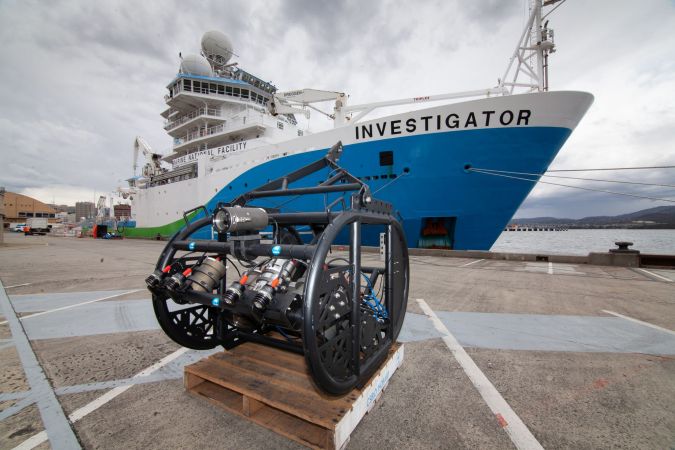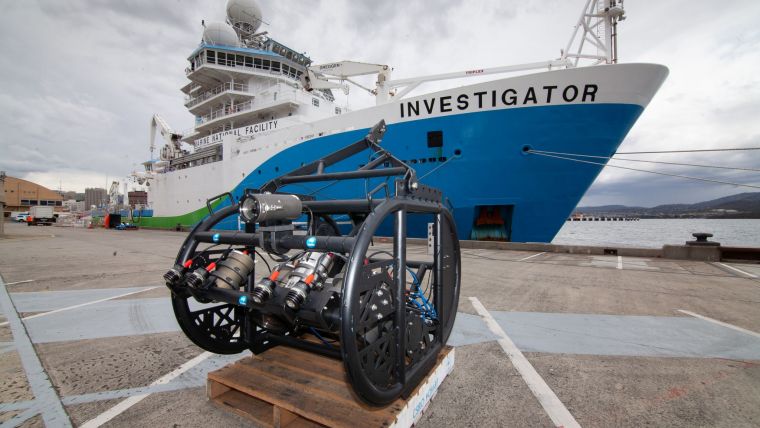CSIRO Research Vessel Explores New Depths of Gascoyne Marine Park
For the first time, the relatively unexplored habitats and seabed biodiversity of the Gascoyne and Carnarvon Canyon Marine Parks will be surveyed by a team of scientists onboard research vessel (RV) Investigator – operated by CSIRO, Australia’s national science agency.
The research team departed from Fremantle over the weekend for a month-long voyage to survey the established marine parks off the coast of Western Australia.
CSIRO is leading the voyage in collaboration with Parks Australia, Western Australian Museum and a team of partner museums. It marks the first scientific baseline marine survey of the Gascoyne Marine Park and the Carnarvon Canyon Marine Park, managed by Parks Australia.
Exploring No-daylight Depth Zones
Voyage Chief Scientist John Keesing, from CSIRO, said the voyage will increase understanding of the biological habitats and diversity in the marine parks. “This is the first time we’ll be exploring the Gascoyne Marine Park to depths of more than 5,000 metres, where there is little or no daylight.
“We’re likely to discover new species of marine animals while we collect data on the diversity of fish and other marine invertebrates. The data we collect will help us understand the conservation needs of the marine parks and assist Parks Australia in maintaining the marine parks’ natural values in the future,” he continued.
The research team will use high-tech cameras, nets and sleds to collect samples and capture images thousands of metres below the ocean surface.
The Challenges of Surveying Deep-ocean Environments
Marine & Islands Parks Head at Parks Australia, Barbara Musso: “The voyage findings will deliver valuable insights to help manage the Gascoyne and Carnarvon Canyon Marine Parks and their unique biodiversity. Scientific research and data underpin management of all Australian Marine Parks. At over 81,000 square kilometres – or larger than Tasmania – the deep and remote Gascoyne Marine Park has been relatively unexplored until now.
“Conducting research in remote, offshore or deep-ocean environments is generally challenging. We know these marine parks connect ocean habitats across hundreds of kilometres and include some of the most diverse continental slope marine life in Australia,” Musso added. “Canyons that link Gascoyne Marine Park cut into the continental shelf from the deep ocean and funnel vital nutrients towards World Heritage-listed Ningaloo Reef.”
Head of Aquatic Zoology at the WA Museum Lisa Kirkendale said the Aquatic Zoology team is excited to be part of this important expedition. “The Museum’s team is responsible for specimen collection, field identifications, tissue subsampling, preservation onboard and the long-term care of the collections post expedition,” Dr Kirkendale said.
“After the expedition, we will undertake detailed identification of the specimens. This is a critical aspect, as our taxonomic expertise is foundational to providing baseline data about the biodiversity of the marine park.”
The voyage partners will be working closely with partner museums and research collections including Tasmanian Museum and Art Gallery and Museum of New Zealand Te Papa Tongarewa, as well as CSIRO’s Australian National Fish Collection. This research is supported by a grant of sea time on RV Investigator from the CSIRO Marine National Facility.















